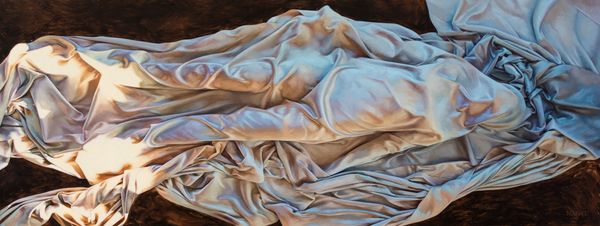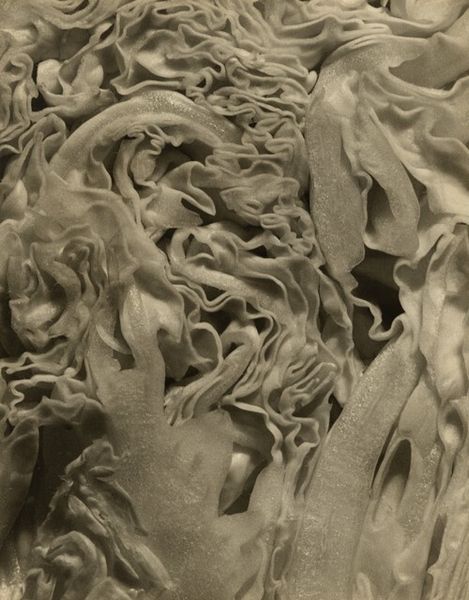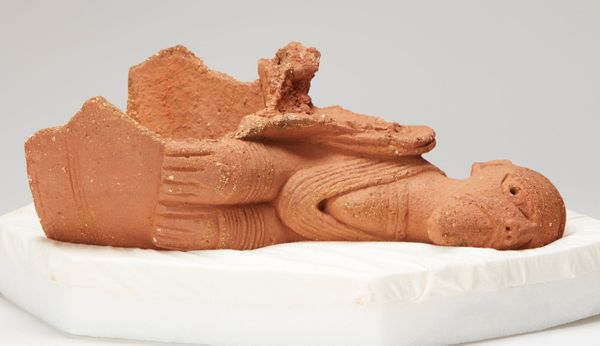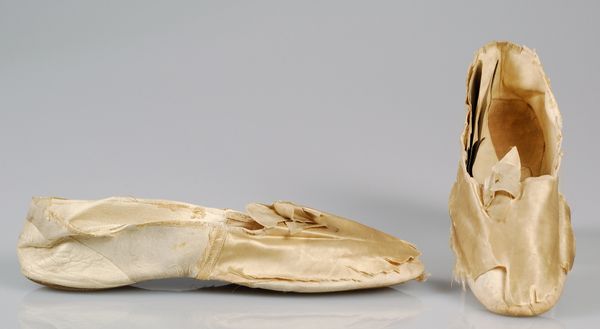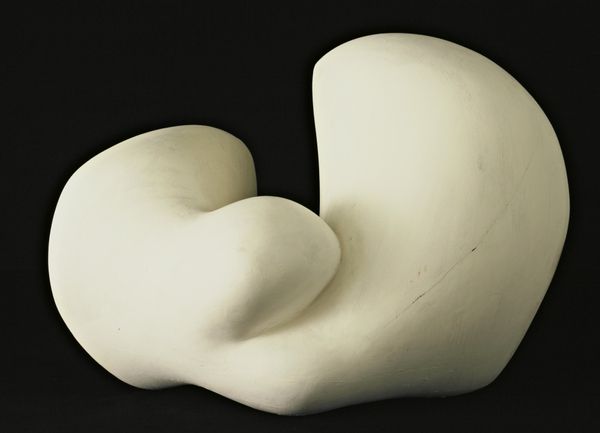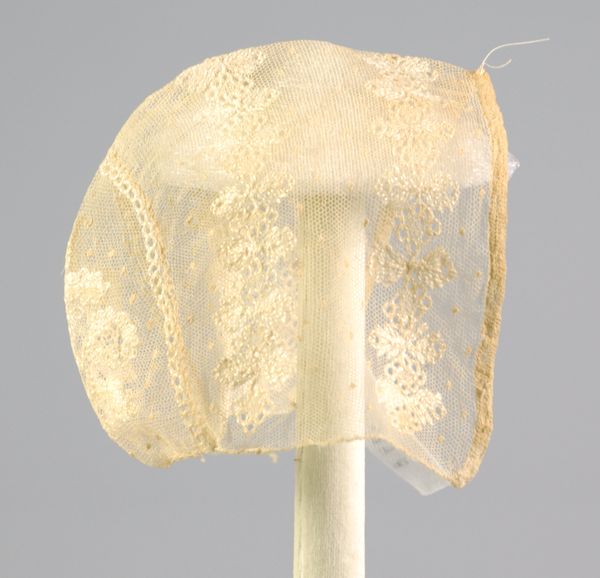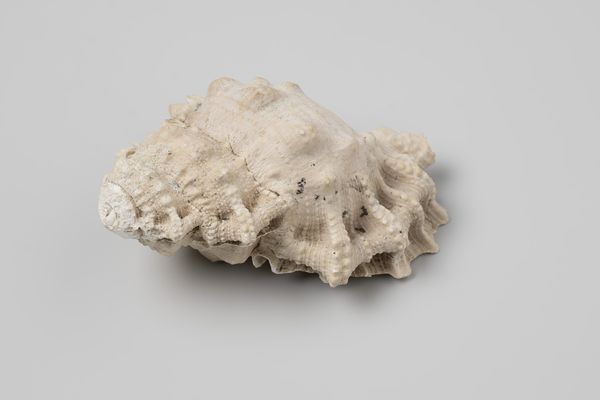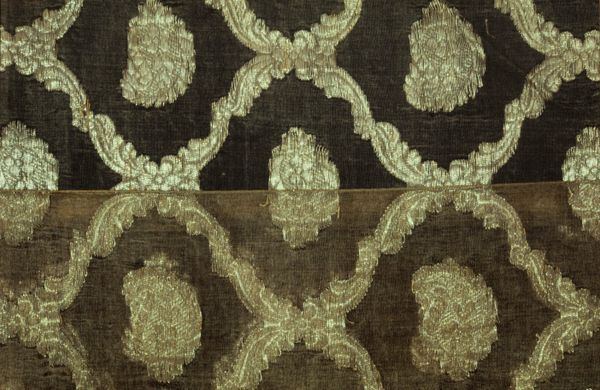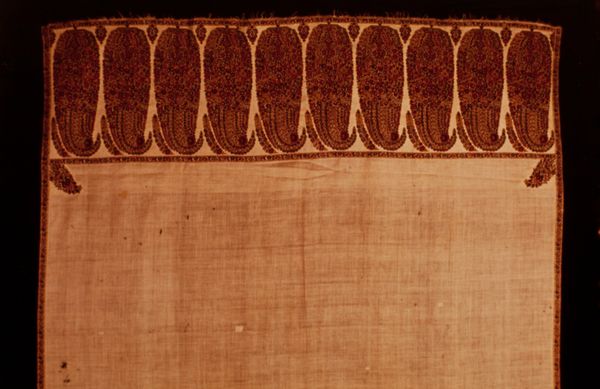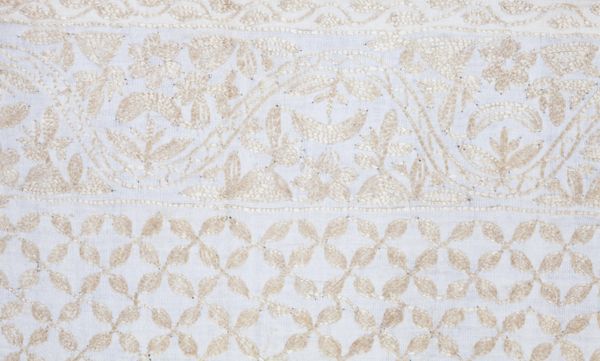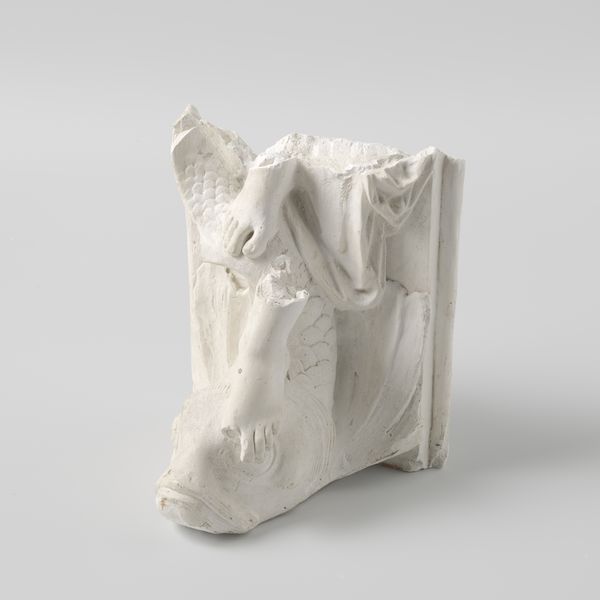
carving, sculpture, marble
#
portrait
#
carving
#
sculpture
#
sculpture
#
marble
#
rococo
Copyright: Public domain
Curator: We're looking at a detail of Jean-Baptiste Pigalle's "Madame de Pompadour," crafted in 1751. The full sculpture is housed at the Metropolitan Museum of Art. Editor: The close-up draws you in, doesn't it? I’m struck by the lace detailing; it feels almost dreamlike, as if rendered from confectioner's sugar. There's a definite Rococo sensibility here, opulent, and yet so very delicate. Curator: Indeed, Pigalle's ability to coax such finery from marble is remarkable. Think of the labor involved, the hand of the sculptor meticulously chipping away. What stories do you imagine are contained within this representation of wealth? The Rococo loved material extravagance as much as delicate execution. Editor: The symbolism of lace itself is fascinating; it began as functional trimming, then blossomed into something luxurious, a status symbol woven with hidden meaning. You have to ask yourself, why depict Madame de Pompadour specifically this way? Curator: Madame de Pompadour, a member of the bourgeoisie who acquired immense power as a Royal mistress! And as her patronage drove decorative styles of her time, does the texture mirror back questions of how value and taste became commodified in art? How are artistic labor and the trappings of influence interconnected here? Editor: Absolutely. Also, that ship emblem! It almost certainly reflects Pompadour's guiding influence on the King and, perhaps metaphorically, suggests the vessel of state, or maybe her own journey into such a powerful position. This is no mere pretty face. Curator: Pigalle's choice to focus on this precise aspect really spotlights her power in relation to crafted objects and materials. He makes explicit something subtle. Is the rendering a form of empowerment? Editor: Yes! It speaks of how images consolidate the authority of taste. Her lasting legacy stems not only from her involvement in politics, but, more intimately, in shaping aesthetic and material culture of her time. Curator: This detail reveals not only skillful craftsmanship, but the ways power and aesthetic labor intersect. The materiality speaks volumes about production and reception. Editor: Exactly. Next time you see lace, remember there is always more beneath the surface.
Comments
No comments
Be the first to comment and join the conversation on the ultimate creative platform.

